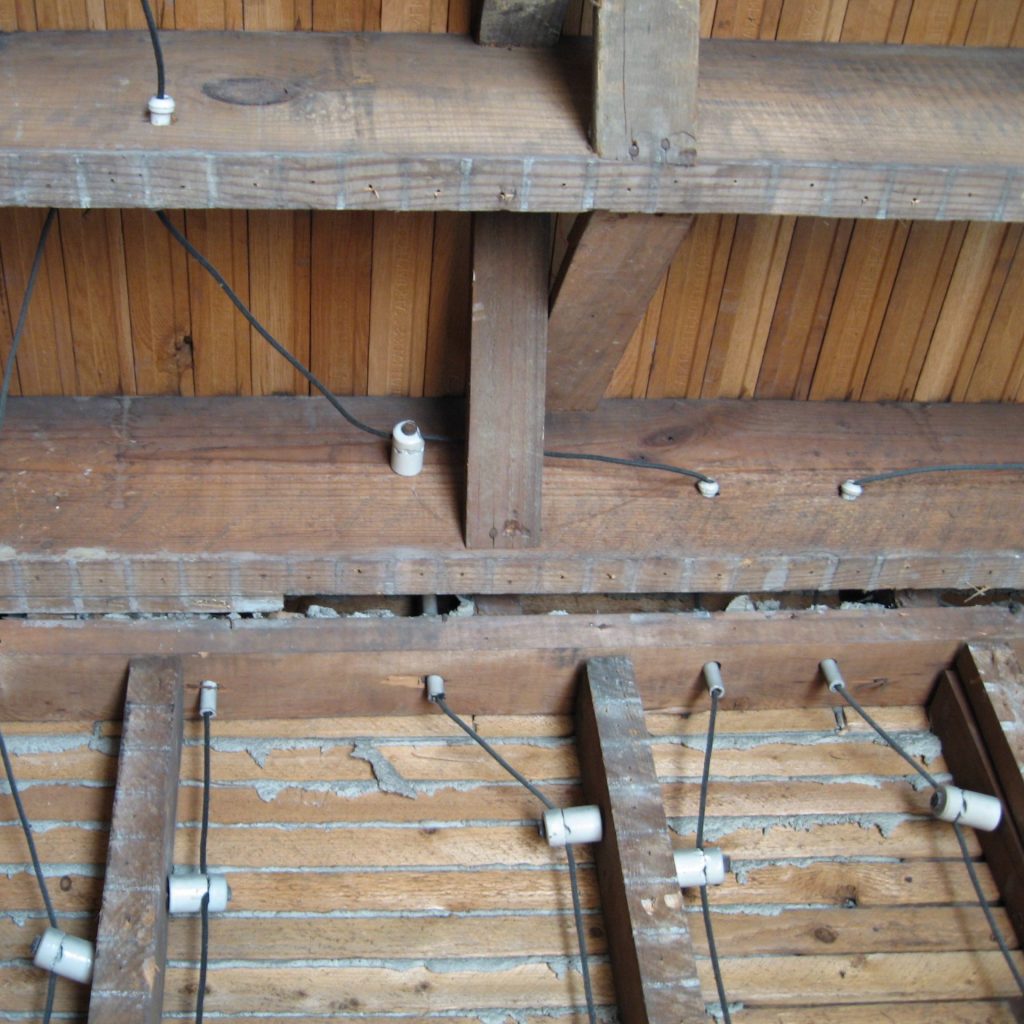Podcast: Play in new window | Download
Subscribe: Apple Podcasts | RSS
- Want an Amazon Ring Drone in your house?
- Dave is back in his old lab and his mic was not working.
- Tel Aviv charging electric buses via the road?
- 3 classes of charger in Australia for EVs
- 240V * 10 A = 2400W
- 240V * 30A = 7200W
- 3 phase = 22 kW
- Knob and tube wiring
- CCS connector
- Can you plug into most connectors? There are Type 1 and Type 2, with adapters.
- Dave plans to review the protocol
- Tesla Battery Day (summary) video
- Buy or build a powerwall?
- Chris has been reading “Hands-On RTOS with Microcontrollers: Building real-time embedded systems using FreeRTOS, STM32 MCUs, and SEGGER debug tools“
- TV that turned off wifi to a UK village every morning for 18 months
- Single high-level impulse noise (SHINE)
- 50% pre and post triggering
- Bunnie has a new open source RISC V “phone” coming out soon, focused on security
- Quectel plug in module (SA800UWF) with Android ready to go
- 8 Bit Guy reviews 108 obsolete types of media
Thank you to our Patrons for sponsoring this week’s show! You can join them at Patreon.com/TheAmpHour. We’d also like to welcome our first corporate sponsor, Binho. Check out our interview with Binho founder Jonathan Georgino in episode 461.


Two recent and relevant videos from Technology Connections:
The US electrical system is not 120V
https://youtu.be/jMmUoZh3Hq4
Electric car chargers aren’t chargers at all – EVSE explained
https://youtu.be/RMxB7zA-e4Y
Will say that it is very likely the local techs for the area knew the lines were all bad, but that Talstra heads told them they are not allowed to tell the customers this, but instead to see if there is a spare pair they can use instead, hoping that in the interim some customer would cancel a good line, leaving it marked as “available” to use. Done to avoid spending a lot of money to replace failed copper, so long as it still meets the standard for basic POTS phone they will not do it, unless there is enough demand for more lines, so they will dig and put in a second cable.
Knob and tube is rare, you only see it in houses that have been in the same family for generations, where the house has gone down to the same line, so they are all used to the old wiring and it’s foibles, and do not upgrade it. Upgrade has issues in that the new addition now has to conform to current regulations when installed, unlike the old installation where you have to comply with the standard as at install date, but any upgrades must be modern compliant.
Gets expensive when you have to replace all the wiring and all electrical equipment, because you want to have socket outlets that are higher rated or that you can plug in a 3 pin plug, or want to put in a new ceiling fan that required a ground connection.
I’ve had knob and tube in both the homes I’ve owned in Seattle — one built during wartime in the 40’s and the other in 1914. When my insurance broker told me that I was limiting myself to some quite expensive insurance carriers, the only ones who will still cover K&T, I finally bit the bullet and paid $10k USD to have the last remaining 30% of it removed from my current home.
Other than the lack of a separate ground, they say it is fundamentally sound as the conductors are widely spaced. The problem is the retrofitting and remodeling that happens around the edges. Splices done poorly, and not paying attention while adding attic insulation for example.
The typical US residential home has split-phase electric power, not 2-phase. You can look up the wikipedia page on this. The panels will have slots for the breakers that alternate from A to B to A and so on. Nominal is 110V. if you connect the phase wire of A to a phase wire from B then you will get 220V. I do this in my lab sometimes, having run one bench as A and the other bench as B. if I hot-wire to each I get 220V.
You can install a double-wide breaker and this will grab an A and B providing more capacity to appliances that need it such as an electric drier. I rented a Tesla Model S a while back and temporarily hacked the drier plug so I could charge the car. The car has a really long cord with it that reached through the door into the laundry room : )
Chris, adding to your comment about Zephyr, I would argue that the main reason for using an RTOS is to make programming easy, like e.g. when you have 2 or more separate pieces of functionality that have to be running concurrently: without an RTOS, you have to juggle around timing interactions between the different things happening, sharing resources, etc… while an RTOS allows you to concentrate on the programming of each piece of functionality separately, which makes the design much simpler. Anything that can be programmed with an RTOS can be also done with a bare-metal system, but depending on the complexity of what you want to do, you might have a hell of a time not using an RTOS.
Regarding Zephyr vs other RTOSs, I think one important difference is that Zephyr uses a configuration system similar to the Linux kernel, which makes it easier for people with experience with embedded Linux.